Sexual behavior is a complex and multifaceted aspect of human experience that can vary significantly from person to person. When it comes to understanding and addressing problematic sexual behaviors, professionals use different models to conceptualize and treat these issues. Two commonly used models include the sex addiction model and the out-of-control sexual behavior model. This article will explore the key differences between these two models and clarify their unique approaches and perspectives.
Exploring the Sex Addiction Model
The sex addiction model is based on the belief that problematic sexual behaviors are akin to addiction, with individuals engaging in compulsive and out-of-control sexual behaviors despite adverse consequences. This model views problematic sexual behaviors as an addiction, with individuals exhibiting similar behavior patterns to those seen in substance addiction. It often focuses on the belief that individuals lack control over their sexual behaviors and engage in them to cope with emotional distress or other underlying issues.
The sex addiction model typically involves a 12-step program or similar approach adapted from addiction recovery models. It may include abstinence from certain sexual behaviors, as well as attending support groups, therapy, and working on relapse prevention strategies. Treatment may also involve addressing underlying psychological, emotional, or relational issues that may contribute to the addictive patterns of sexual behavior.
Exploring the Out-of-Control Sexual Behavior Model
The out-of-control sexual behavior model, on the other hand, views problematic sexual behaviors as a symptom of an underlying issue rather than an addiction. This model emphasizes the lack of impulse control or difficulties regulating sexual behavior but does not necessarily categorize it as an addiction. It views problematic sexual behaviors as a coping mechanism for unmet emotional needs, unresolved trauma, or other underlying psychological, emotional, or relational issues.
The out-of-control sexual behavior model typically involves a therapeutic approach that addresses the underlying issues contributing to problematic sexual behaviors. This may include exploring and resolving past traumas, developing healthy coping skills, improving emotional regulation, and managing relational dynamics that may impact sexual behaviors. It may also involve discussing and challenging unhealthy beliefs or patterns of thinking related to sexuality and relationships.
What are key differences between these two models?
1. Conceptualization of Problematic Sexual Behaviors
The sex addiction model views problematic sexual behaviors as an addiction, with individuals lacking control and engaging in compulsive behaviors despite negative consequences. The out-of-control sexual behavior model, on the other hand, considers problematic sexual behaviors as a symptom of an underlying issue, such as emotional distress or unresolved trauma.
2. Approach to Treatment
The sex addiction model often involves a 12-step or similar program focusing on abstinence from certain sexual behaviors and recovery strategies adapted from addiction recovery. The out-of-control sexual behavior model addresses underlying psychological, emotional, or relational issues that contribute to problematic sexual behaviors; this approach involves developing healthy coping skills in therapy. Both approaches are informed by the conceptualization of the behavior by both the client and the therapist.
3. Language and Terminology
The sex addiction model uses language and terminology commonly associated with addiction, such as "addiction," "compulsion," and "relapse." The out-of-control sexual behavior model uses language that reflects a lack of impulse control or difficulties regulating sexual behavior without necessarily categorizing it as an addiction.
4. Emphasis on Underlying Issues
The sex addiction model views the behavior as the problem with limited exploration of other potential underlying issues. Essentially, it’s approached by working to eliminate the behavior, and then other problems will resolve themselves once you can control your sexual addiction. The out-of-control sexual behavior model significantly addresses the underlying psychological, cognitive, emotional, and relational issues that may contribute to problematic sexual behaviors. This may involve exploring past traumas, addressing emotional regulation skills, working on relational dynamics, and challenging unhealthy beliefs or patterns of thinking related to sexuality and relationships. Contrary to the sex addiction model, this model suggests that the behavior developed as a coping strategy for the other underlying issues at play but that the behavior itself may not be problematic in isolation.
Takeaway
When addressing problematic sexual behaviors, it's essential to recognize that professionals use different models and approaches. The sex addiction model and the out-of-control sexual behavior model are two common perspectives, each with unique conceptualizations and treatment approaches. It's essential to understand the differences between these models to decide which approach may be more suitable for an individual's needs.
If you're wrestling with problematic sexual behaviors, seeking professional help from a qualified therapist or counselor is essential. A trained professional can conduct a thorough assessment, understand the unique factors contributing to the issue, and develop a tailored treatment plan based on the individual's needs and circumstances. Whether it's the sex addiction or the out-of-control sexual behavior model, therapy aims to provide support, guidance, and tools to help individuals address the underlying issues and develop healthy coping strategies for managing their sexual behaviors.
Not everyone agrees on the concept of sex addiction, and there is an ongoing debate within the field of psychology regarding its validity as a diagnostic category. Some professionals may align more with the out-of-control sexual behavior model, the sex addiction model, or alternative approaches. It's essential to approach this topic openly and discuss any questions or concerns with a qualified therapist or counselor before beginning treatment.































